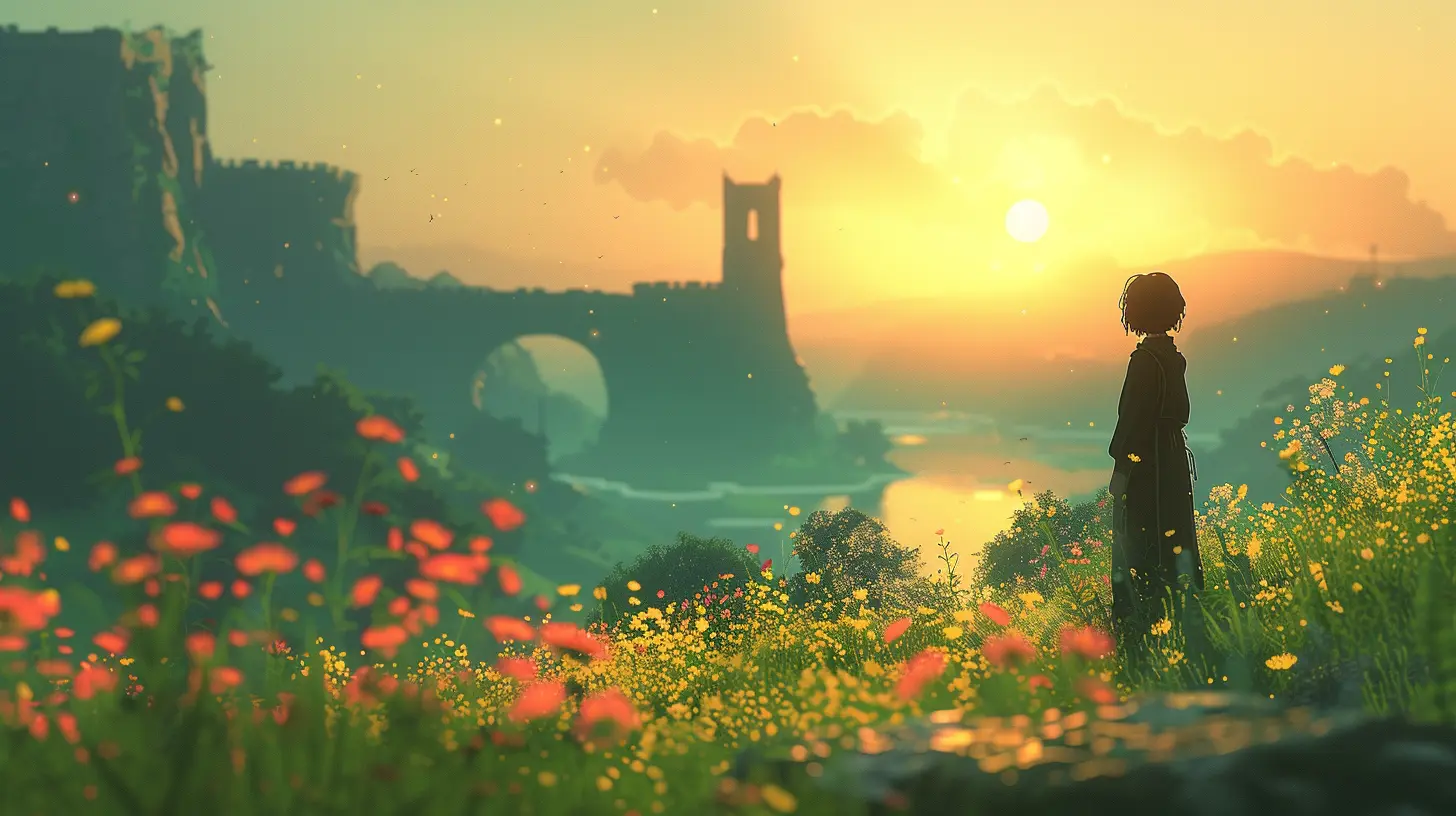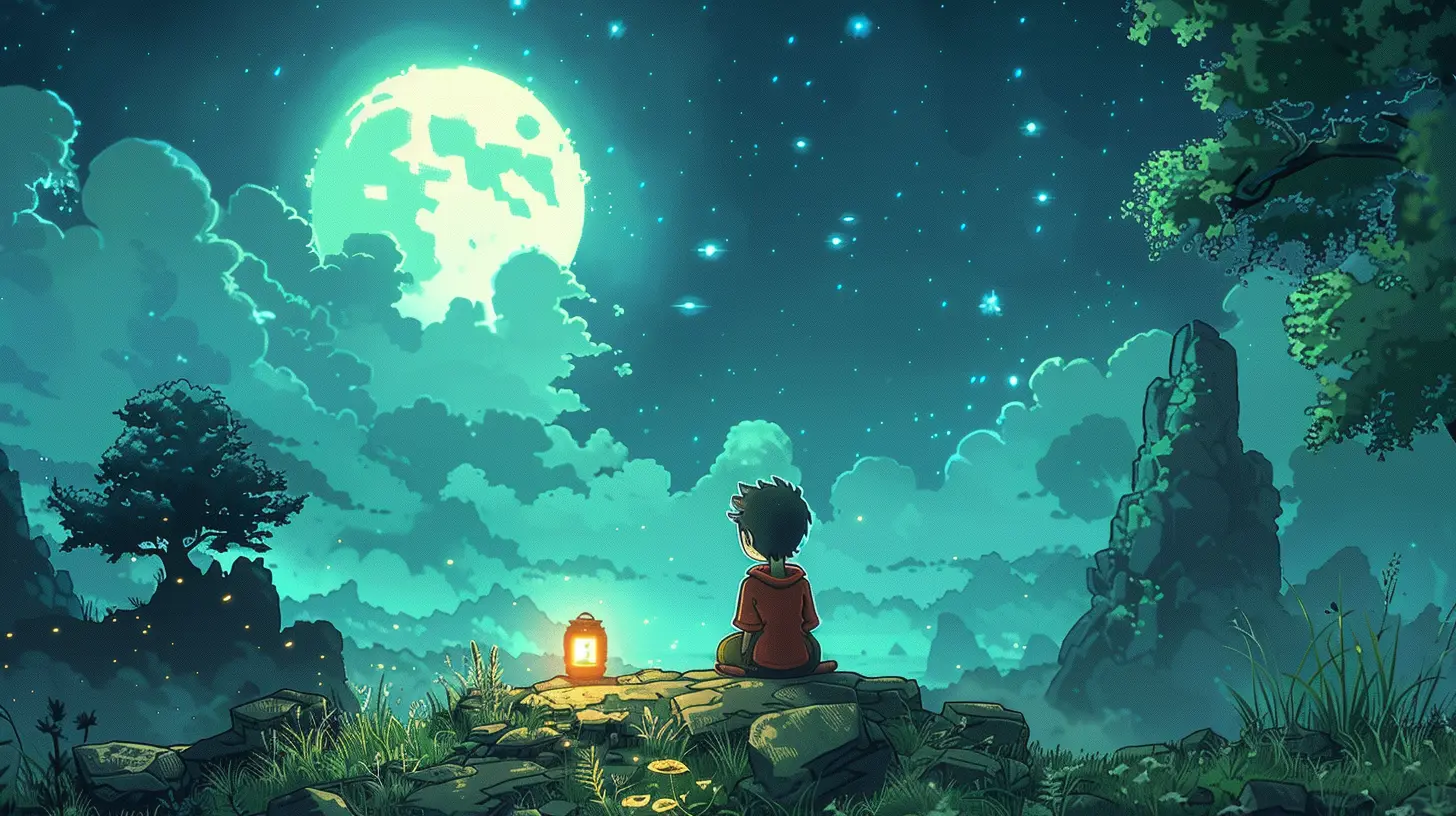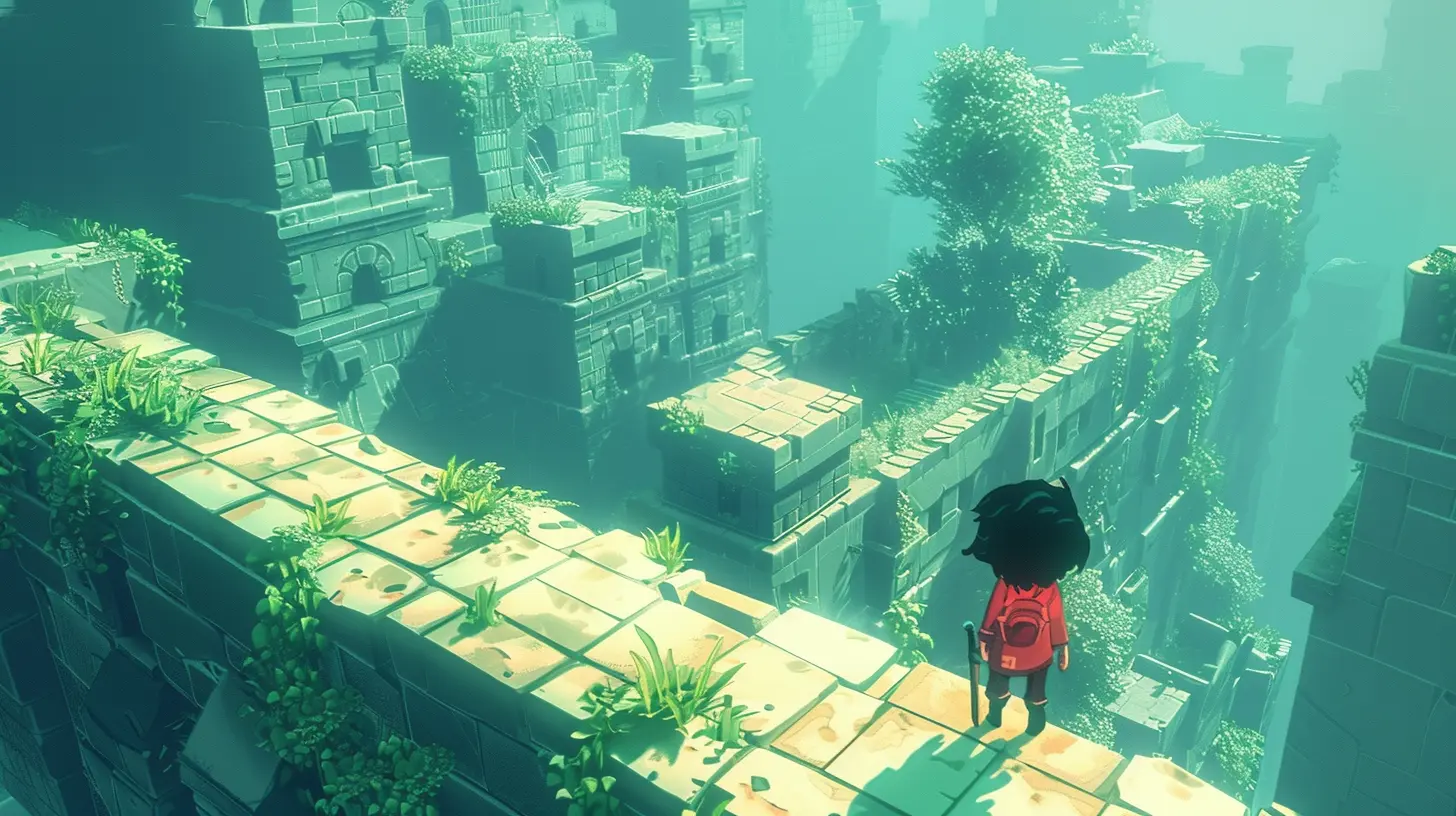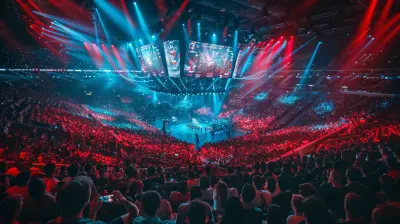How Player Feedback is Shaping the Development of Indie Games
25 June 2025
Let’s face it—something magical is happening in the world of indie games. Unlike flashy AAA titles with multi-million dollar budgets and massive studios behind them, indie games are handcrafted adventures born from passion, creativity, and a sprinkle of rebellion. But here's the twist: they're not just shaped by the developers who make them.
They're also being shaped by... you.
Yep, you heard that right. Your tweets, your Reddit posts, your comments on Steam—it’s all weaving itself into the DNA of the very indie games you love to play. So, how exactly is player feedback revolutionizing indie game development?
Grab your favorite energy drink or a hot cup of coffee because we’re diving deep into the mysterious, ever-evolving world of indie games—and how gamers like you are quietly helping shape its future.
The Indie Game Revolution: A Quick Backstory
Before we talk feedback, let’s rewind a little.Indie games exploded onto the scene in the mid-2000s, and since then, they’ve become a cultural phenomenon. Without the red tape and corporate overlords, indie developers could take creative risks—risks that led to masterpieces like Undertale, Stardew Valley, Hollow Knight, and Celeste.
These weren’t just games... they were experiences.
But back then, most of the development happened behind closed doors. Players got the finished product, and that was that. No input, no feedback loops. It was a one-way street.
Fast forward to now? That street’s full of traffic going both ways.
Why Indie Developers Actually Listen (And AAA Studios Often Don’t)
Ever tried shouting into the void after a bad experience with a massive game studio? Yeah, doesn’t do much, right?Indie devs, on the other hand, are often active on Discord, Reddit, Twitter (or X, if you prefer), and even respond to reviews on Steam. Why? Because they care. No joke—they literally survive off community support.
Unlike a AAA developer with a corporate buffer zone, most indie devs are just a few people (sometimes even one person) grinding through endless hours of coding, art-making, and bug-squashing. They're close to the ground, which means they're right there in the trenches with the players.
Your feedback isn’t just heard. It’s discussed, debated, and often implemented.
And that’s kind of amazing.
The Feedback Loop: Real-Time Development in Action
Let’s break this down. How does player feedback actually feed into development?1. Early Access: The Public Beta Playground
Ever bought a game on Steam that wasn’t quite finished? That’s Early Access—a magical window into a game’s soul before it becomes "final."For indie developers, Early Access is not just a chance to fund development—it’s a massive feedback sponge.
Players get hands-on with mechanics, story elements, and UI—and their reactions guide what stays and what gets nuked. It's like test-driving a car while it's still being built, and then telling the manufacturer, “Hey, maybe don’t put the steering wheel on the roof.”
Case in point: Hades by Supergiant Games started in Early Access, and many of its final features—like combat balancing and voice lines—were tweaked based directly on what players said.
2. Community Forums and Discords: The Developer’s Listening Room
If you’ve ever joined an indie game’s Discord, you’ve probably seen devs lurking (and sometimes chatting one-on-one).This is where raw, unfiltered feedback flows the most—bugs, suggestions, love letters, and even rage posts. It’s all data.
Developers sift through this madness like mining for gold. Every insightful comment is a nugget of value. A wall-jump feels clunky? Someone will say so. A boss fight doesn’t feel fair? That’s going in the patch notes.
3. Social Media and Let's Plays: Unexpected Testing Grounds
Ever watched a streamer rage quit halfway through a level? Or maybe laugh uncontrollably at a goofy glitch?Guess what—developers are watching too.
Social media and streaming platforms have become goldmines of observational feedback. By watching how players interact with their game in real-time, devs can spot usability issues, pacing problems, and unexpected exploits.
It’s like having thousands of playtesters without needing to host a single QA session.
Feedback Isn’t Always “Nice”—And That’s Okay
Let’s be honest—feedback can be brutal. Gamers are passionate, and sometimes that passion comes out as heavy criticism.Here’s the thing: most indie developers want the harsh truths. They’d rather know that their menu navigation sucks or that their difficulty curve spikes randomly, than not know at all. Sugar-coating doesn’t help anyone when you're trying to create something genuinely unforgettable.
Still, there's a balance, and the healthiest developer-player relationships come from mutual respect.
The Power of Patching and Iteration
Guess what else player feedback fuels?Updates. And lots of them.
Unlike in the past when a game's release was the finish line, now it's often just the starting point. Patching is a way of life, and with player feedback pouring in after launch, developers treat a game like a living organism—constantly growing, changing, and improving.
Think of it like a bonsai tree. The devs are trimming, shaping, and adjusting branches based on how the tree responds to its environment (aka, the player base).
Remember No Man’s Sky? While it was technically developed by a small team (so let’s call it indie-ish), it started as a disaster—but the developer, Hello Games, turned it around almost entirely through listening to player feedback.
That dramatic redemption arc wouldn’t have happened without feedback-driven development.
Crowdfunding: Feedback Before the Game Even Exists
Let’s not forget Kickstarter and other crowdfunding platforms.Here, player feedback starts shaping the game before a single line of code is written. Backers often get to vote on features, preview art, suggest mechanics, and more. It's like co-creating the game with the devs right from the sandbox.
Crowdfunding without community feedback? That’d be like building a spaceship with no idea if it’ll survive re-entry.
Not All Feedback is Equal (And That’s the Dev's Dilemma)
Of course, not every suggestion is golden. Some feedback conflicts with other feedback. Some is based on misunderstanding the game’s design intention. And some is just... unhinged.So how do devs filter the signal from the noise?
They listen for patterns.
If twenty people complain about the same issue, it’s likely a real problem. If one person screams about how the game "needs more cats in wizard hats," that might be a fun mod idea, but probably not a priority for the next patch.
Real Indie Games Changed by Player Feedback
Here are a few standout examples where player feedback literally changed the game:- Dead Cells: Player feedback helped shape its difficulty balance, item variety, and even UI improvements.
- The Long Dark: Early adopters helped define survival mechanics, tweaked weather systems, and even influenced story pacing.
- Slay the Spire: Constant input from its active player base led to card rebalancing, new enemies, and quality-of-life enhancements.
- Celeste: While known for its tight design, feedback influenced accessibility features that made the game more playable for a wider audience—without sacrificing challenge.
These games didn’t just hear feedback—they built with it.
The Symbiotic Relationship: Players and Devs
At the end of the day, it's not just about developers making “better” games. It's about a symbiotic bond where players become part of the creative process.It’s like a band and their fans. The devs are strumming the chords, but the feedback sets the rhythm. Indie games are, at their best, an evolving jam session between makers and the ones who play.
So… How Can You Shape the Next Indie Hit?
You might’ve never written a line of code or drawn a sprite in your life, but your voice matters more than you think.Here’s how you can directly shape indie game development:
- Write constructive reviews (seriously, not just “this game sux”)
- Join developer Discords and forums
- Participate in open betas or Early Access
- Engage with devs on social media with genuine insights
- Support crowdfunding campaigns and backer updates
The next time you play through a buggy level or notice a genius mechanic, remember: your feedback could be the thread that unravels or improves the entire design.
Final Thoughts: We’re All Developers Now (Sort Of)
We're living in a golden age where the walls between creators and consumers are crumbling. Indie games have become this beautiful, messy collaboration between those who dream and those who play.And honestly? That’s kind of thrilling.
So next time you fire up a new indie title, pay attention. Not just to the game—but to how you feel about it. Because a single comment, suggestion, or idea could be the spark that shapes a future classic.
And that’s not just feedback… that’s power.
all images in this post were generated using AI tools
Category:
Indie GamesAuthor:

Luke Baker
Discussion
rate this article
2 comments
Russell Vasquez
While player feedback is invaluable for indie developers, an overreliance on it may dilute creative vision, risking the unique artistic expression that defines indie gaming.
August 13, 2025 at 2:56 AM

Luke Baker
Thank you for your insightful comment! Balancing player feedback with creative vision is indeed crucial for preserving the unique essence of indie games.
Oriel Montgomery
What a fantastic read! It's inspiring to see how player feedback is shaping the indie game landscape. The collaborative spirit between developers and players not only enhances creativity but also fosters a vibrant community. Keep up the great work in spotlighting these important insights! Can't wait to see what’s next!
June 30, 2025 at 2:40 PM

Luke Baker
Thank you so much for your kind words! I'm glad you enjoyed the article and share the excitement about the ongoing collaboration between players and developers in the indie game scene. Stay tuned for more insights!


